A haven for pet rabbits
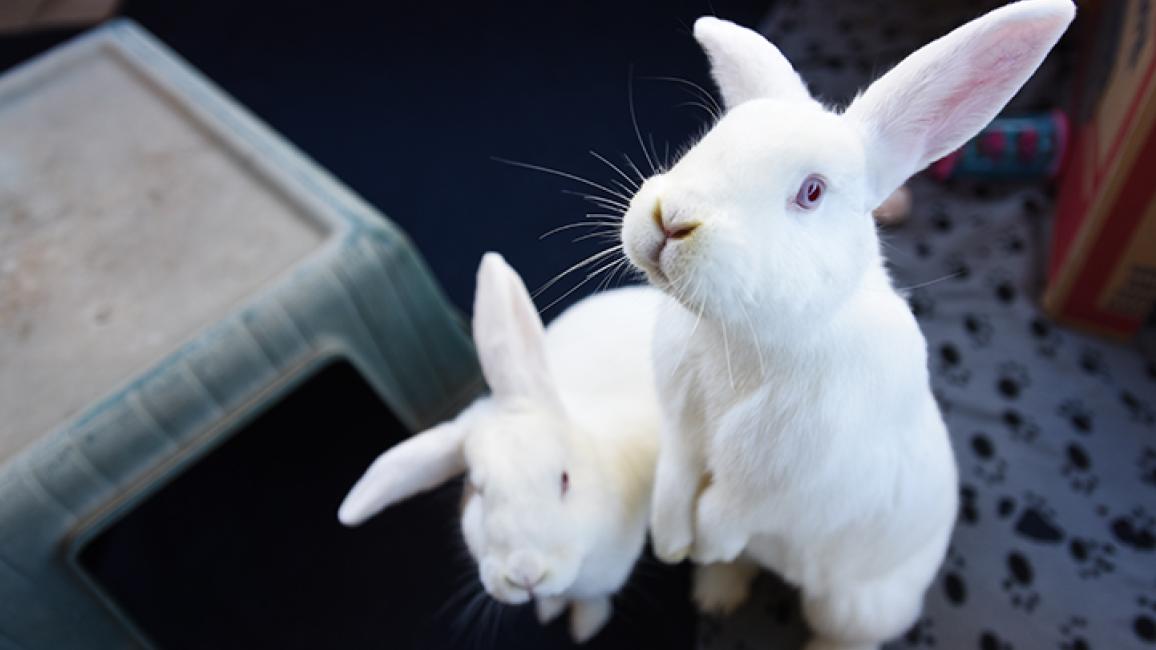
With its gentle, long-eared, velvet-furred residents, the Bunny House is arguably the cutest place at the Sanctuary. It’s a refuge for abandoned or injured rabbits (and occasionally a few guinea pigs) with special needs or a history of hoarding situations.
Here, bunnies live in safety and comfort until they’re adopted. They get lots of love and attention from caregivers, enjoy the companionship of other rabbits, have plenty of toys to play with and fresh veggies to eat, and receive expert vet care.
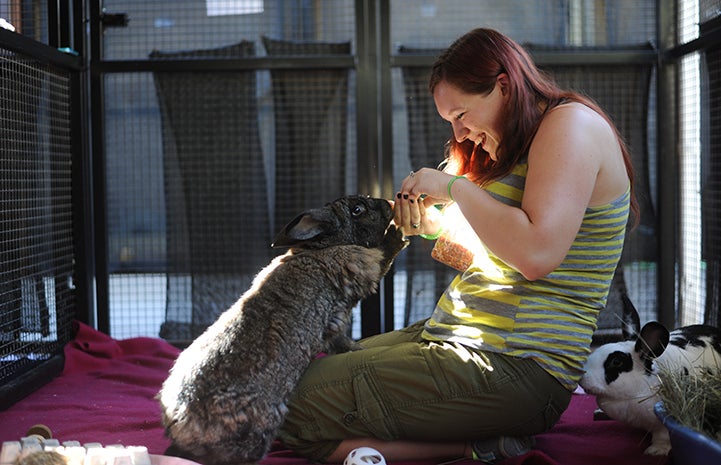
While caring for pet bunnies isn’t technically difficult, it does take a little know-how. And the experts at the Bunny House sure know how to keep these furry friends healthy and happy.
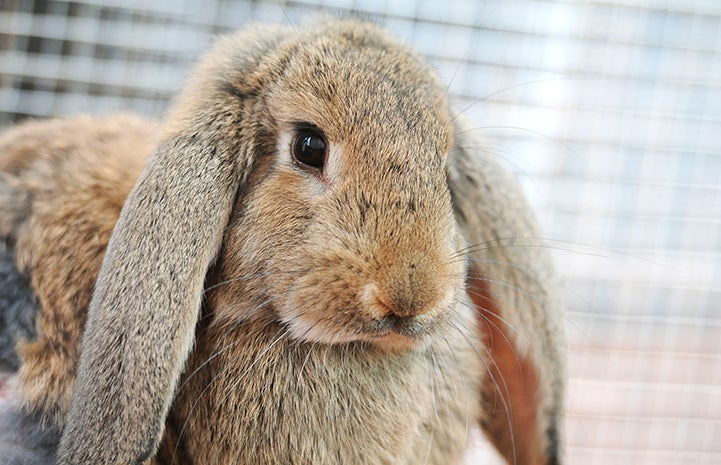
Specialized accommodations for domestic rabbits
Although people sometimes think of them as backyard pets, domestic bunnies are actually more comfortable living indoors, with access to a safe outdoor area. The Bunny House has two main living areas containing 36 spacious rabbit “apartments,” each of which has both indoor and outdoor access. To go outside, the bunnies hop through an angled tunnel that prevents wind and sand from blowing into their indoor space.
There’s a radiant heating system in the floors for those cool winter nights and, since bunnies are prone to heatstroke, there’s also air conditioning and plenty of protection from the sun for those lazy, hazy days of summer.
More about the Bunny House at Best Friends
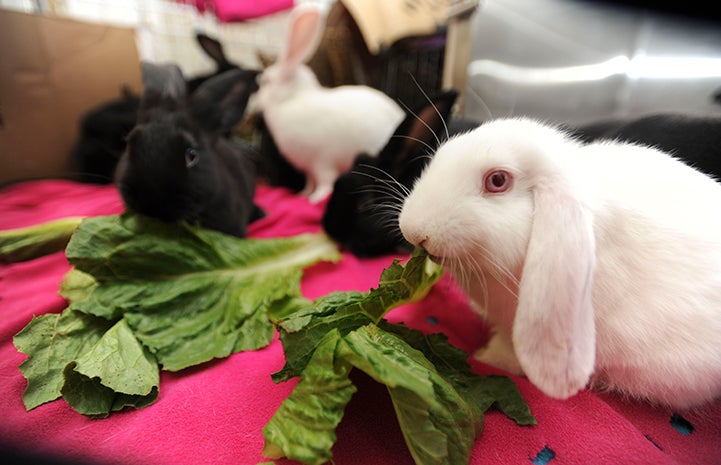
Top-notch medical care for adoptable rabbits
The Bunny House has an on-site clinic staffed by a full-time veterinary technician who specializes in rabbits. In the clinic, bunnies with special needs receive specialized medical care, such as laser treatments. The clinic also performs routine medical care, such as administering medications and fluids, and performs basic medical exams and grooming. But when the sweet little tenants need spay/neuter, require other surgeries or X-rays, or have an emergency, they go to the main clinic just down the road.
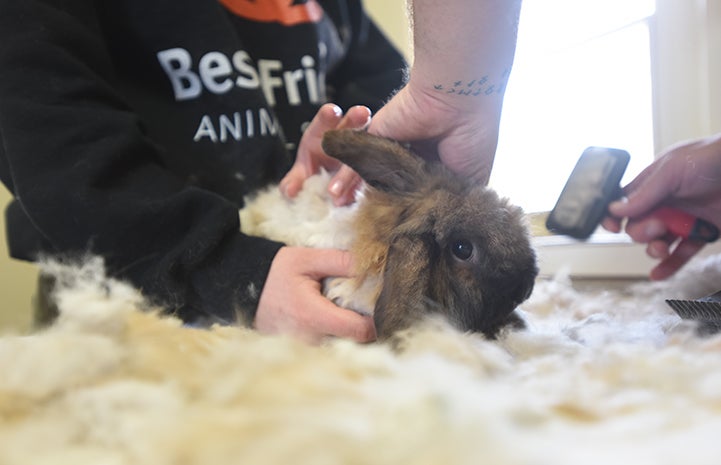
Some bunnies need physical therapy in addition to their treatment. For them, the Bunny House has large sheltered enclosures protected by predator-proof fencing. The bunnies can hop around in the grass for a little exercise or just enjoy the fresh air and sunshine. Lawn time is rotated so that every bunny can have some time in the play yard.
Cute bunnies enjoy good food and fun
Since bunnies are grazing animals, hay makes up most of their diet. At Best Friends, each day they also eat high-quality rabbit pellets and greens, such as romaine lettuce or cilantro. Treats such as bananas, carrots and strawberries are given in small amounts once or twice a week, and they are also given as rewards for learning new tricks through clicker training. Feeding time is fun — not only for the rabbits but also for volunteers who can pass out greens to eager bunnies and serve “salads” containing other fruits and veggies to the guinea pigs.
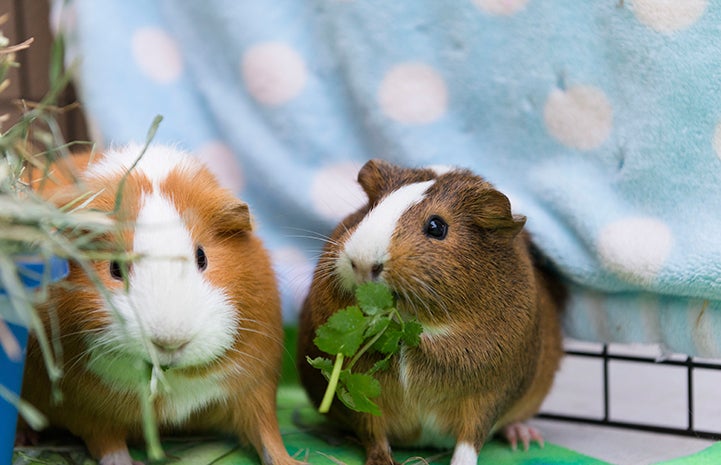
In addition to a balanced diet, bunnies require plenty of enrichment and toys to play with in order to satisfy their instinct to dig and keep their teeth in tip-top shape. Rabbit teeth are constantly growing, so giving rabbits plenty of chew toys can prevent painful, overgrown teeth and trips to a veterinarian.
Favorite playthings at the Bunny House include bunny-safe wooden toys and objects like plastic keys — similar to those loved by toddlers. The bunnies also get an endless supply of cardboard boxes to hide in, to lounge on and, yes, even to chew. After Christmas each year, the caregivers collect tinsel-free Christmas trees and recycle them into fun gnawing treats for the bunnies.
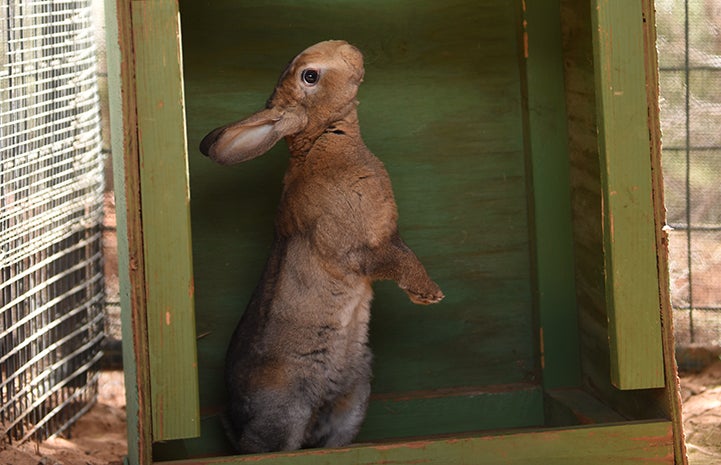
A quiet and peaceful life for pet bunnies
While some rabbits prefer the single life and therefore live alone, most are more content as half of a bonded pair. So, the Bunny House has many pairs of bunnies (and a few trios and foursomes) who are happiest when together. Some bonded bunnies arrive at Best Friends together, while others meet at the Sanctuary and become friends through a carefully supervised pairing process. (Bunnies can be finicky about who they will accept as a life partner and those that don’t get along can injure each other.) When the match is successful, the tenderness shown as they nuzzle and groom each other is incredibly heartwarming.
Life at the Bunny House is quiet and peaceful. Like horses, bunnies are prey animals, so they are very good at sensing people’s energy levels and emotions. Reading to the rabbits — a favorite volunteer activity — is a soothing way to help the bunnies get used to the sound of human voices. It also gives the bunnies a safe space to check out and socialize with their visitors.
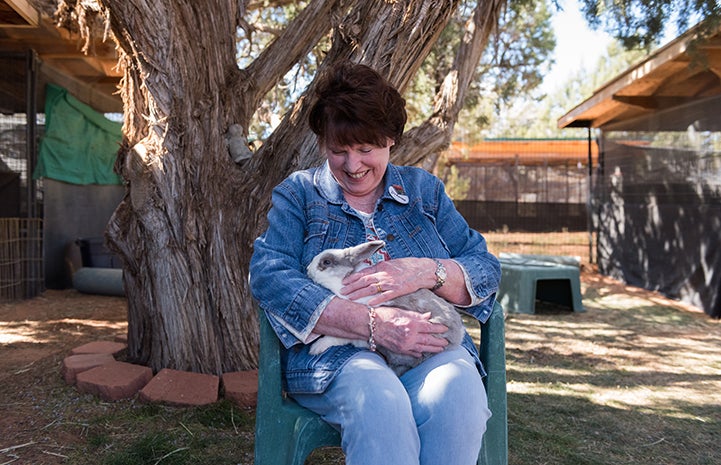
At the Bunny House, it’s all about making the bunnies feel safe, happy and loved while being on the receiving end of excellent care. Adoptable bunnies live in this refuge for as long as it takes for people to fall in love with their gentle nature, velvety fur and twitching noses, and ultimately make them their very own, so they can live “hoppily” ever after.
Photos by Molly Wald and Kurt Budde